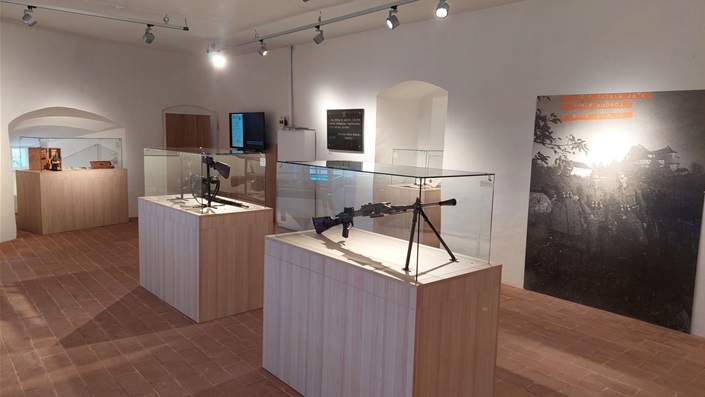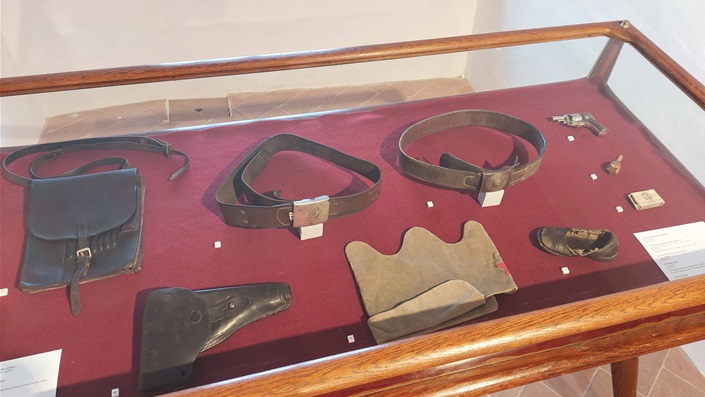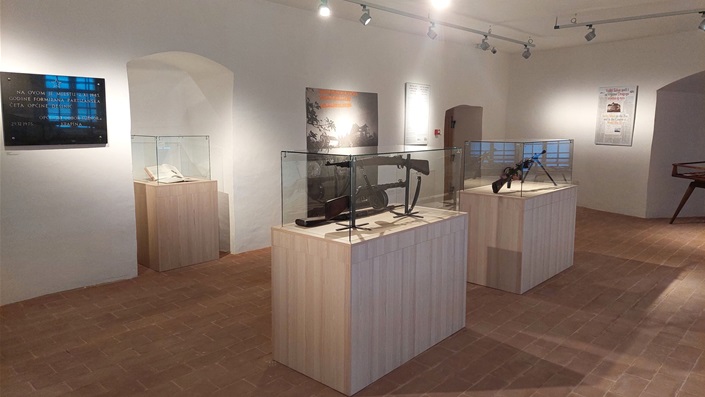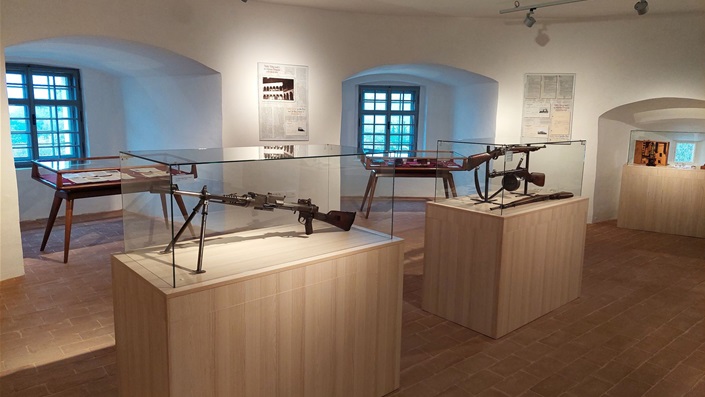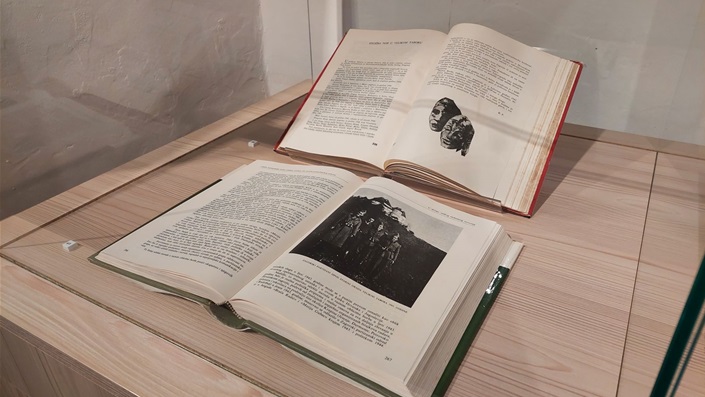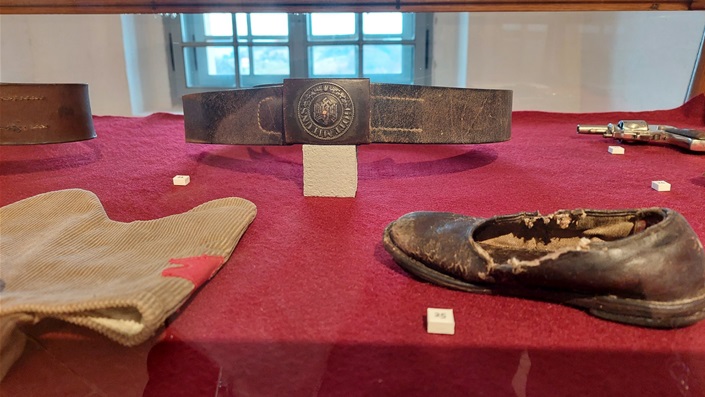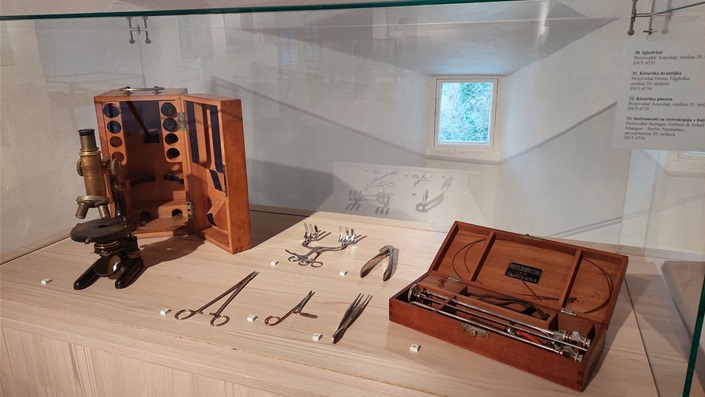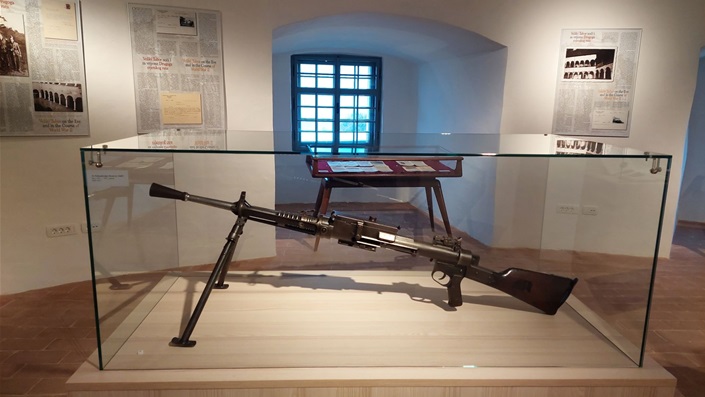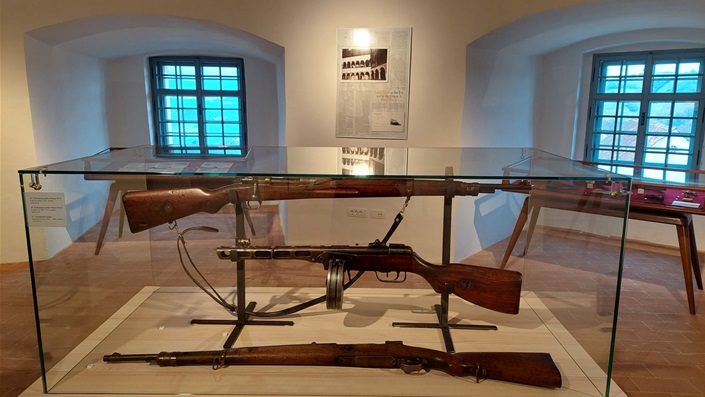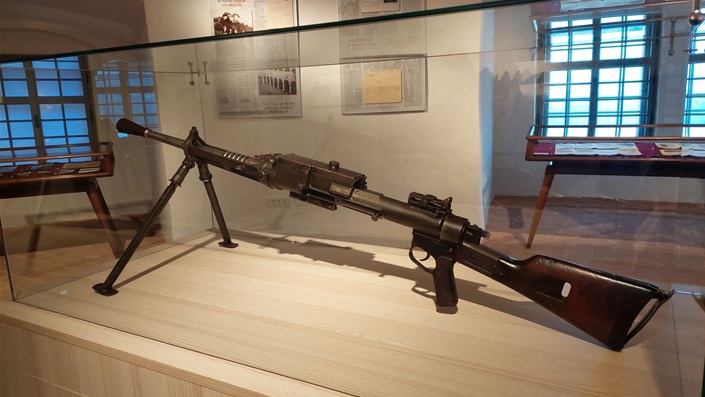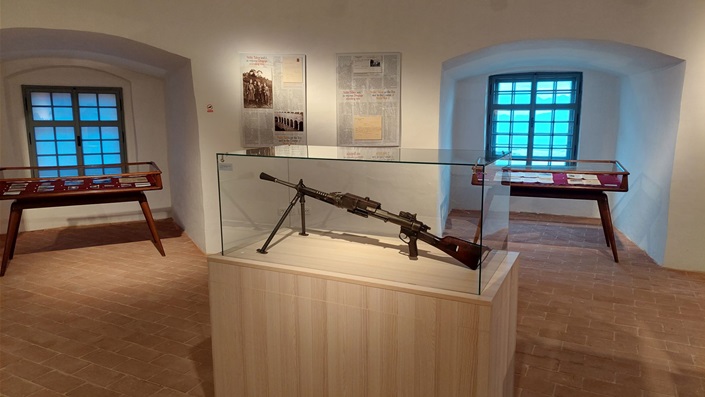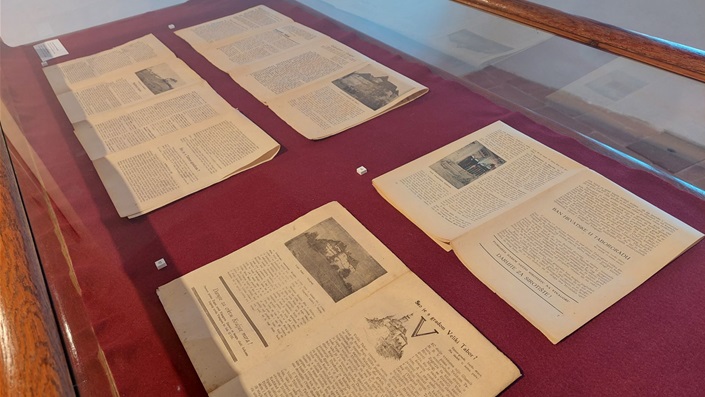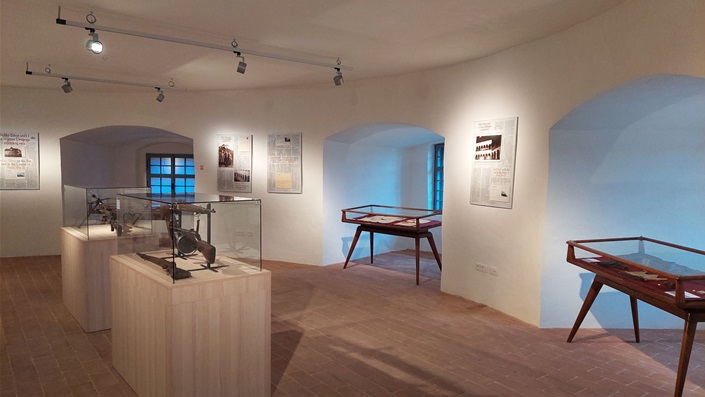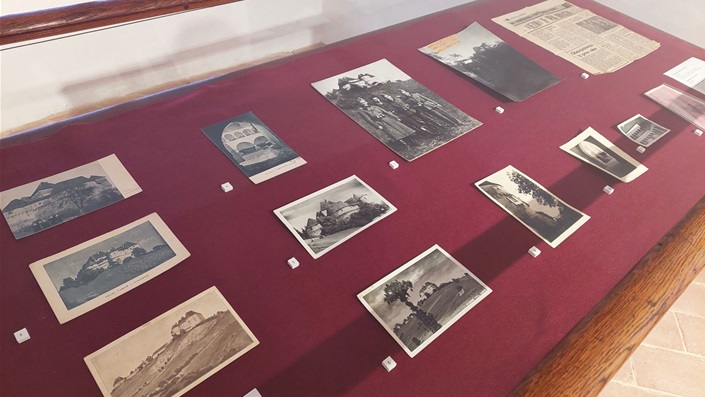VELIKI TABOR ON THE EVE AND IN THE COURSE OF WORLD WAR II
The exhibition “Veliki Tabor on the Eve and in the Course of World War II” presents to the public the history of the castle, its function, and its beneficiaries between 1938 and 1945. In that period, the castle was under the administration of the Congregation of Sisters of Mercy of the Third Order of St. Francis from Blato on the island of Korčula. They lived in the castle from August 1938 until November 1945. After their arrival, youth holiday association colonies started to come to Veliki Tabor. The nuns took care of the children during their one or two month long stays. During the war, the castle functioned as a state children’s home with nuns as the war orphan caretakers. In August 1944, the Ministry of Education of the Independent State of Croatia [NDH] opened a four-grade primary school in Veliki Tabor that was under the management of the Desinić school.
At the same time, the castle became linked to the fighters of the People’s Liberation War. The Partisans were active in the area, as well as often using the castle itself. Here, the Desinić Partisan Company was established on 2 November 1943. Through testimonies we also know the Partisans used Veliki Tabor as a sanctuary to rest and recover from battle. As far as it is known, the Partisans also used the castle to hold secret meetings and store military supplies. In the first half of 1944, they controlled Desinić and therefore took over the care of the orphanage and nuns.
There are 40 exhibits to be seen: postcards, photographs, newspapers, books, weapons, military and medical equipment, a memorial plaque, as well as other objects (for example, a children’s shoe) that witness the life in Veliki Tabor of that period.
This exhibit also showcases the results of the research the exhibition author carried out in the Croatian State Archives in Zagreb. Panels in both Croatian and English, as well as the video presentation, display reproductions of photographs and documents such as cost sheets and descriptions of renovation work carried out at the time at Veliki Tabor.
The author of the exhibition is senior curator and museum manager, historian Renata Dečman.
The exhibition remains open until 10 November 2024.

